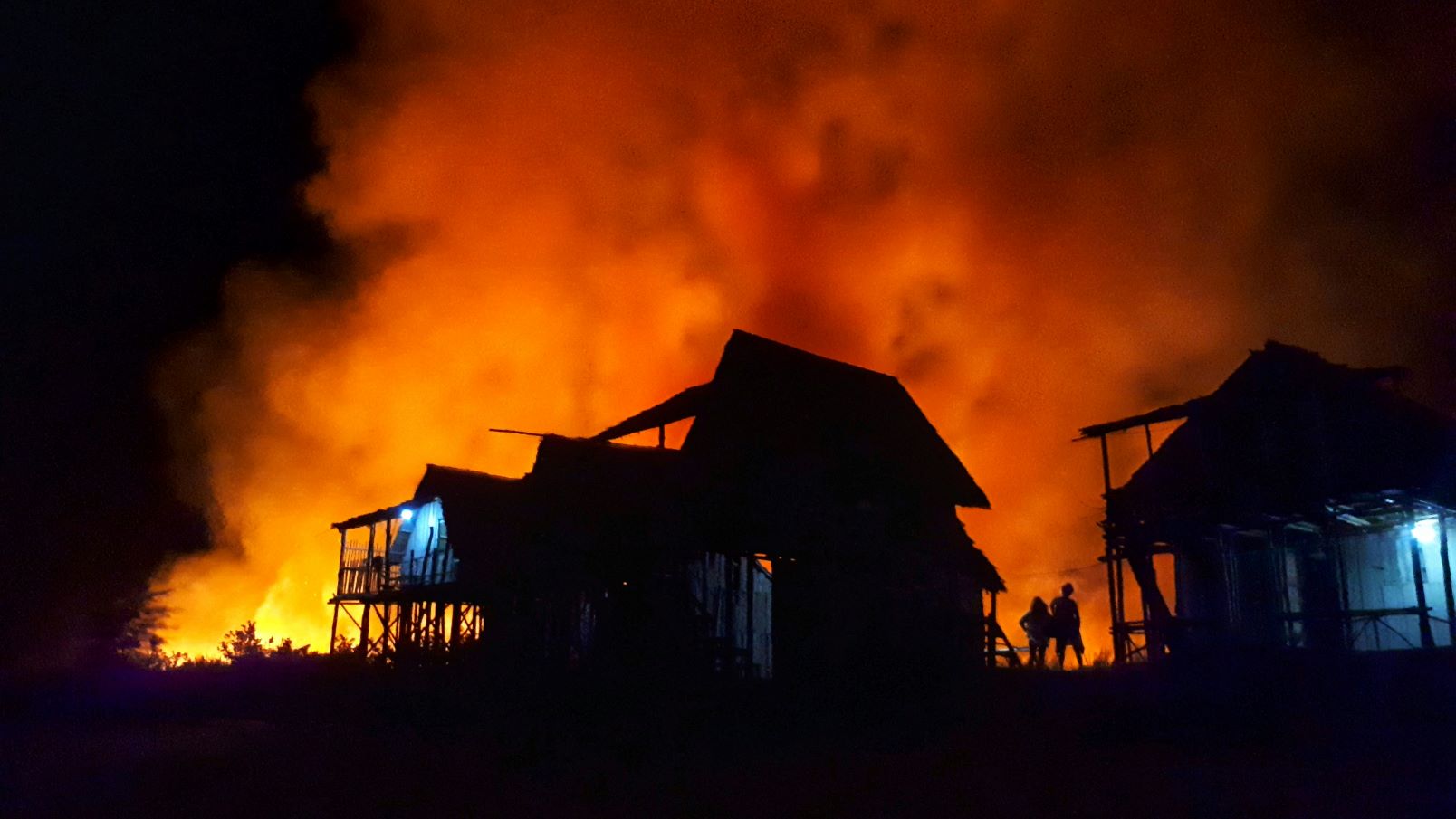

Ending the Loophole in Carbon Accounting


A suit filed on Monday, March 4th in the European General Court in Luxembourg against the European Union could have consequences affecting forest management in North America.
As noted by celebrated journalism professor Justin Catanoso in an article published this week in Mongabay, at issue is the EU’s rapid conversion of coal-burning power plants to burn wood pellets and chips, a process known as bioenergy.
As has been noted in research conducted by Globe Advisors on behalf of the Building Resilience Coalition, the destruction of forests in North America to produce fast burning wood pellets for Europe is anything but carbon neutral.
At issue is the outdated UN Kyoto carbon neutrality policy that treats the burning of biomass for energy as carbon neutral on the basis that new trees planted to replace mature trees harvested for pellets will in time offset the carbon released from the burning of wood.
The fact that it will take upwards of 100 years to replace some of the carbon lost originally is not considered relevant even though scientists are concerned about the immediate impact of excess carbon in the atmosphere.
As noted by Catanoso, “The world has only 12 years in which to make sufficient carbon cuts to avoid catastrophic climate change, according to last October’s groundbreaking UN Intergovernmental Panel on Climate Change report.”
Plaintiffs in the EU law suit emphasize that the bioenergy loophole in carbon accounting means that more forests will be logged or clear cut with devastating environmental harms to meet the growing demand for wood pellets.
Biomass enthusiasts and logging industry leaders argue that mature old growth trees are not being harvested. Rather, wood from farmed or dead trees, plus the woody residue from the forest floors and wood waste from lumber mills is used to make wood pellets.
Leaving aside the mind bending logic that CO2 released from burning wood today is carbon neutral because somewhere in the distant future new forest growth will provide offsetting reabsorption of carbon from the atmosphere, there is an even more profound flaw in the carbon neutrality reasoning.
As research by Globe Advisors has shown, burning wood as a renewable and sustainable energy resource is less efficient than burning coal or other fossil fuels because it actually produces more CO2 emissions. See below.
While there are differences between types of wood-based fuel, or type of coal, in most cases on a per unit of energy produced basis, burning wood or wood pellets for energy actually emits more CO2 than any of the other fossil fuels.
Declaring wood-based energy to be carbon neutral actually provides an incentive to increase CO2 emissions, as more wood needs to be burned to generate the same amount of energy.
Even more questionable is the often-argued claim that wood in the built environment (i.e. in lumber, mass timber or other long-lasting building products) is environmentally sound as it acts as a durable carbon sink.
In truth, more than two-thirds of the carbon originally sequestered in a living tree is lost during the harvesting and wood product manufacturing process even before the wood reaches the building site. Most of the carbon sequestered in our forests is lost from the soil, or woody residue left on the forest floor, or from wood waste from lumber mills that is used to make the allegedly environmentally positive wood pellets.
The authors of the EU legal challenge point out that in fact in many cases whole trees are being logged to produce wood pellets and that globally unreported forest harvesting is destroying the most effective tool we have to contain global warming – living trees.
The damage caused by extensive logging of mature trees for wood pellets extends far beyond the immediate impact on living eco-systems. The natural buffer that forests provide against extreme weather incidents is also lost, resulting in even greater environmental and property devastation and loss of life. This is a point the plaintiffs will be arguing in the European Court.
Recent research has shown that in Canada and the United States carbon emissions from our forests are far greater than what is reported in national greenhouse gas emissions accounts. Even discounting emission impacts from forest fires or other natural causes, our forests are far less a carbon sink than most believe.
This adds more fuel to the fire that the biomass carbon neutrality loophole in greenhouse gas accounting must be addressed.
Find out more about carbon neutrality here. The following short video also explains the concept.
Learn more about the Building Resilience Coalition here.
Recent Posts
Mobilizing Resilient Design and Construction
Implementing a multifaceted strategy can motivate state and local governments to prioritize resilient design and…
Insurance Pricing: Navigating a New Era of Risk
The growing frequency and severity of climate-related disasters present a significant challenge for the insurance…
Designing for Resilience … It’s A Must
We see far too often structures built to current code that lack planning and design…
What are the Real Benefits of Designing for Resilience
While designing for resilience requires initial investments, the long-term payoffs often far outweigh these costs.…
Reducing Disaster Risks and Protecting Insurability in the Pacific Northwest
Proactive measures to enhance resilience and preparedness are critical to mitigating insurability risks. This will…
How to Achieve More Resilient Building Codes
More comprehensive disaster prevention perspectives are needed to enable communities better to withstand the increased…


